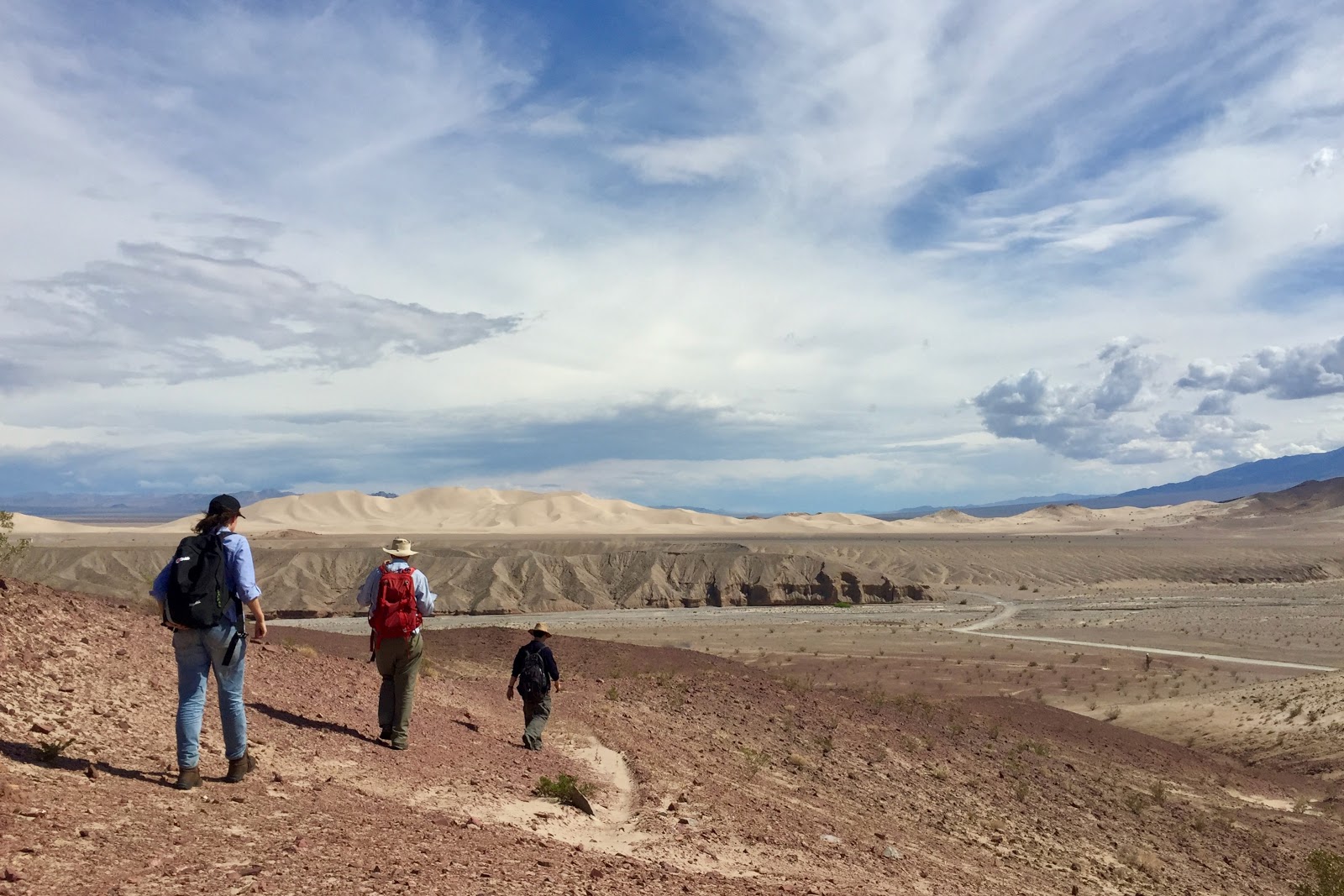Typically, one wouldn’t think to ask a geologist about the most pressing issues in evolutionary biology. Yet, for some biologists, rock formations and fossil records—which have only gained the attention of natural scientists in the last 50 years—provide a plentiful source of untapped information about the history of life on Earth.
A recent study released in the journal Proceedings of the National Academy of Sciences applies geological theory to questions of how some of Earth’s earliest eukaryotes—tiny, multicellular organisms—survived one of the coldest periods of Earth’s history.
Using the presence of mineral deposits in rock formations across the globe, Maxwell Lechte, lead author of the study and postdoctoral fellow in McGill’s Department of Earth and Planetary Sciences, and his colleagues proved that liquid water containing a relatively high abundance of oxygen was present underneath the ice masses of what scientists now call ‘Snowball Earth.’ A tumultuous period in Earth’s geological history, Snowball Earth occurred over 700 million years ago during the Cryogenian ice age. During this period, ice was almost everywhere. The proliferation of ice masses across the globe caused the separation of the oceans from the atmosphere, blocking out the sun and plunging earth under ice sheets up to two miles thick.
“Reconstructing ice ages using geology is quite a well-established technique because they are quite apparent in the geological record,” Lechte said in an interview with The McGill Tribune. “Ice sheets are extremely powerful erosive forces […] and are quite distinctive in the rock record.”
The eternal frigid waste of the Cryogenian Period presents a perplexing question for evolutionary biologists: How complex eukaryotic life, which requires oxygen to live, survived though 100 million years of frozen temperatures when the waters of the ocean contained little to no oxygen.
Luckily for baffled biologists, a geologist was asking the same thing.
“The question I was interested in is [was] what effect this would have on the biosphere,” Lechte said. “There is no doubt that covering the whole planet in ice would reduce the amount of habitable area.”
Scientific consensus has approximated that complex eukaryotic life was first evolving around the same time that Earth was becoming covered in ice.
“If you cover the whole oceans in ice, that separates them from the atmosphere, and so all these more complex life forms should have been killed off,” Lechte said.
The authors assumed that since eukaryotes survived the ice age, complex life living underneath massive ice shelves must have gotten oxygen from a source other than the atmosphere.
“Iron is soluble in sea water under anoxic conditions, so when there is no oxygen around, iron can dissolve,” Lechte said. “But as soon as you have any oxygen around, iron rusts out of the water and becomes insoluble and deposits out as solid iron oxides. The fact we had found all these [iron oxides] in glacial deposits suggests that something interesting was going on with oxygen.”
From these observations, Lechte, along with researchers at the University of Melbourne, proposed that meltwater may be the key to supplementing oxygen to organisms living under the ice’s surface. They suggested that air bubbles from the atmosphere had become trapped in the ice shelves as they were forming. These air bubbles, which contained ample oxygen, then became a vital lifeline for marine eukaryotes that could survive off of meltwater that contained much higher levels of oxygen.
The implication that oxygen stores could be found on Earth hundreds of millions of years ago is an invaluable link in the evolutionary chain of events. These questions about the long-term evolution of complex life date back as far as Darwin himself.
“A lot of our understanding of the past Earth is based on modern Earth,” Lechte said. “People historically have assumed Earth has just always been this way, but we have come to understand these changes as a recent phenomenon.”

Layers of iron-rich glacial deposits exposed in the desert illustrate the history of marine environments during Snowball Earth (Death Valley, California). (Maxwell Lechte / The McGill Tribune)

A small dropstone within marine sediments with red layers of iron oxides tells the tale of marine oxygenation during Snowball Earth (Ikara-Flinders Ranges, South Australia). (Ashleigh Hood / The McGill Tribune)






